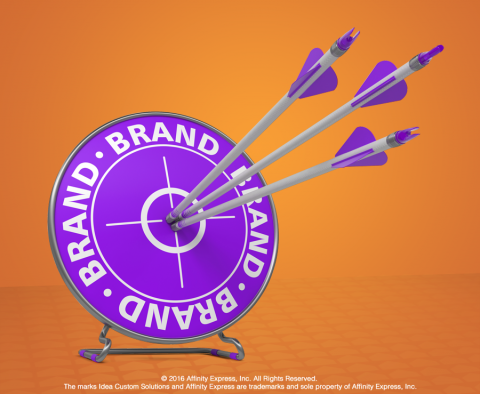Last year, as businesses large and small evolved marketing strategies, launched new products and tried on new colors and typefaces, it seemed like an explosion of graphics occurred across the marketing galaxy.
Google shocked the world and the business press by reworking its logo with a new font that some people warmed up to and others hated. Kraft and Heinz — two of the world's major food companies with several billion-dollar brands between them — merged to form one of the biggest food conglomerates in history and had to figure out how to fuse two logos of different colors together.

In the social media space, Spotify and Instagram dropped new logos, forcing users to become accustomed to their new logos on their smartphones. Other tech concerns like Bing and Dropbox also released new logos, with a little less fanfare and ire from users. Even a consumer electronics giant that has been around for decades, Sharp shows the importance of a rebrand and how to do it right.
Meanwhile non-profits, trade commissions and cities around the world also launched new images to show off their marketing savvy and better reach audiences.
Recognizing the power of the logo, it's not surprising that those heavily engaged in the promotional products space, such as the Specialty Advertising Association of California (SAAC), has risen to the occasion with a new logo and marketing efforts.
Businesses and institutions like these understand that using great logos to their full potential goes beyond just dropping them onto websites or business cards. To truly maximize the power of brands and take marketing to another level, companies need to extend them across all channels, including collateral and social media, not to mention promotional products and specialty advertising.
The big question is, if everyone seems to be rebranding, should you rebrand too or help your customers to do so? How and why should companies rebrand? And what elements of businesses should drive this decision?
First off, rebranding should be done with the right purpose in mind, according to experts. Stanford University's graduate school of business press thinks that rebranding cannot be done in isolation.
"Rebranding seems to be a very daunting task," writes Stanford's Sweta Task. "The idea that rebranding involves only a change in logo design is just too naïve." Going a step deeper, here are a few important things to keep in mind about rebrands.
Growth Can Be the Best Driver
Watching businesses grow can be exciting, just like launching new products or services that customers love. As the Stanford article also mentions, Groupon India, the Indian subcontinent's version of the American success story, saw a fivefold growth of its market share and customer base within a short time span. For Groupon India, this necessitated a repositioning of its services as well as a rebrand.
When growth becomes one of the driving reasons behind a rebrand, it does not mean necessarily that everything about companies' looks must radically change. But as InMoment CMO Kristi Knight counsels, “Be purposeful in creating pathways from the old brand to the new.”
Some ways this can be accomplished are with colors or typefaces. Another alternative is to retain parts of the old logos in the new ones. Tactics like these provide visual consistency to make the transitions easier — for employees, clients and prospective customers.
It's More than Just Looks
Rebranding should be done for very solid business reasons such as change in leadership, expansion/growth and new market outreach. But a "new look" is an exciting way to get the process going.
Online magazine Rebrand notes that planning and vision are crucial. Their experts say that poorly managing brands by winging it is the quickest route to creating "a bottomless money pit".
While new logos, fonts and color schemes are important to the visual images companies present to their customers, the branding doesn’t end there. Designing logos and other visual elements of brands, Rebrand writes, "is the least expensive but most glamorous aspect of a (re)branding process". Moreover, taking the time to implement the new brands consistently and effectively once the logos are approved is crucial.
That said don't be timid about getting a great new logo for yourself or your customers. Rebrand adds companies should "translate the basic design to designs for different brand touchpoints like signage, vehicles, stationery and clothing." We’d add that marketing collateral and promotional products should be incorporated as part of the rollouts to extend the power of brands.
Don't Forget Social
Considering the importance of digital and social presences, Marketing Land advises that SMBs rebrand with social media too, keeping clear what their unique selling propositions (USPs) are as businesses really are. Furthermore, “the same logo and images should be used on every touch point customers interact with on any social media platform.”
To ensure successful outcomes, Marketing Land says it is a good investment to hire social media and branding experts to help because they can act as third parties to provide an outside perspective. “Social branding experts are experienced at viewing brands from a customer’s point of view and they will often pick up on or suggest details that you would never have thought of yourself.”
Whether you decide to rebrand your company or assist your customers through the process, be sure to get the right help, plan carefully and avoid winging it!

Add new comment